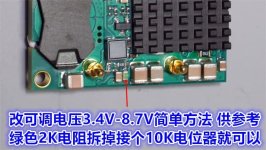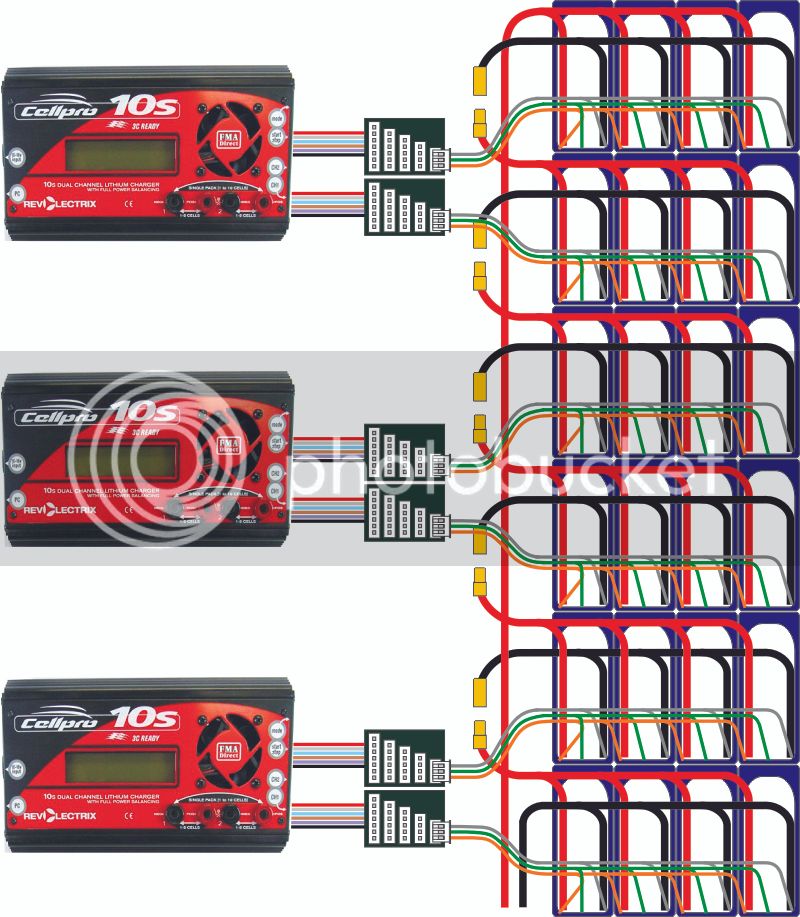I had suggested a rectangular connector to replicate the JST connector for simplicity, but node charging through the balance leads requires up-sizing the balance leads at each cell, and then re-terminating both JST connectors and possibly up-sizing the charger balance leads back to the charger PCB. The technical ability and commitment would therefore seem to open up better, non-rectangular options -- namely (if using proper multi-conductor cable for the charger side) ubiquitous circular connectors, from cheap commodity DIN connectors to expensive locking industrial and mil. spec. connectors.
Positive locking (with confirmation) and extra quick mating/unmating is desirable:
Primer on circular connector locking mechanisms
1/3 bayonet is nice because it does not require high force (90-130N) normal to the receptacle, and instead cams the plug into the receptacle with leverage. Bayonet also provides both audible "click" and tactile locking confirmation.
Affordable & lightweight plastic construction is desirable.
The 1/3-turn bayonet Souriau UTS series offers 7 #20 gold-plated contacts for 18AWG wire/8mm cable in a size 10 shell, but only rated for 250 mate-unmate cycles.
The new Souriau UTGX is still plastic, but includes a metal mating nut rated for 500 mate-unmake cycles.
More advanced would be combining multiple node chargers into a single connector.
2x 6s node chargers would still require 2x 7 balance leads = 14 contacts. The 250-cycle UTS series offers a 14 #20 for 18AWG wire in a size 12 shell.
3x 6s node chargers would still require 3x 7 balance leads = 21 contacts. The same UTS line offers a 23 #16 in a size 18 shell.
Is durability a concern? Being rated conservatively for industry, everything (force, resistance) is guaranteed to remain in spec for that cycle count, but usable for much more.
I can't find a rating for JST, but being a board connection, might only be in the tens of cycles.
Real XT-series (60, 90, 150) are rated for 1000 cycles, but fakes are ubiquitous and rarely result in complaints.
Still, the upgrade to the 500-cycle UTGX is likely worthwhile.
If longer cycle life is desired, it seems there aren't any better options for plastic 1/3 bayonets. Lumberg/Lutronic Quicklock for 16AWG wire/13mm cable is rated to 1700 cycles, but they're latching quick connects requiring high normal force to insert and lock, and only confirm with an audible click. But they are probably easier to mate blindly.
Plastic LEMO 3B push-pulls for 16AWG wire are rated for 5000 cycles, but those are expensive and not available.
Does anyone have experience with these circular connectors, to provide insight/comparison?
Positive locking (with confirmation) and extra quick mating/unmating is desirable:
Primer on circular connector locking mechanisms
1/3 bayonet is nice because it does not require high force (90-130N) normal to the receptacle, and instead cams the plug into the receptacle with leverage. Bayonet also provides both audible "click" and tactile locking confirmation.
Affordable & lightweight plastic construction is desirable.
The 1/3-turn bayonet Souriau UTS series offers 7 #20 gold-plated contacts for 18AWG wire/8mm cable in a size 10 shell, but only rated for 250 mate-unmate cycles.
The new Souriau UTGX is still plastic, but includes a metal mating nut rated for 500 mate-unmake cycles.
More advanced would be combining multiple node chargers into a single connector.
2x 6s node chargers would still require 2x 7 balance leads = 14 contacts. The 250-cycle UTS series offers a 14 #20 for 18AWG wire in a size 12 shell.
3x 6s node chargers would still require 3x 7 balance leads = 21 contacts. The same UTS line offers a 23 #16 in a size 18 shell.
Is durability a concern? Being rated conservatively for industry, everything (force, resistance) is guaranteed to remain in spec for that cycle count, but usable for much more.
I can't find a rating for JST, but being a board connection, might only be in the tens of cycles.
Real XT-series (60, 90, 150) are rated for 1000 cycles, but fakes are ubiquitous and rarely result in complaints.
Still, the upgrade to the 500-cycle UTGX is likely worthwhile.
If longer cycle life is desired, it seems there aren't any better options for plastic 1/3 bayonets. Lumberg/Lutronic Quicklock for 16AWG wire/13mm cable is rated to 1700 cycles, but they're latching quick connects requiring high normal force to insert and lock, and only confirm with an audible click. But they are probably easier to mate blindly.
Plastic LEMO 3B push-pulls for 16AWG wire are rated for 5000 cycles, but those are expensive and not available.
Does anyone have experience with these circular connectors, to provide insight/comparison?




